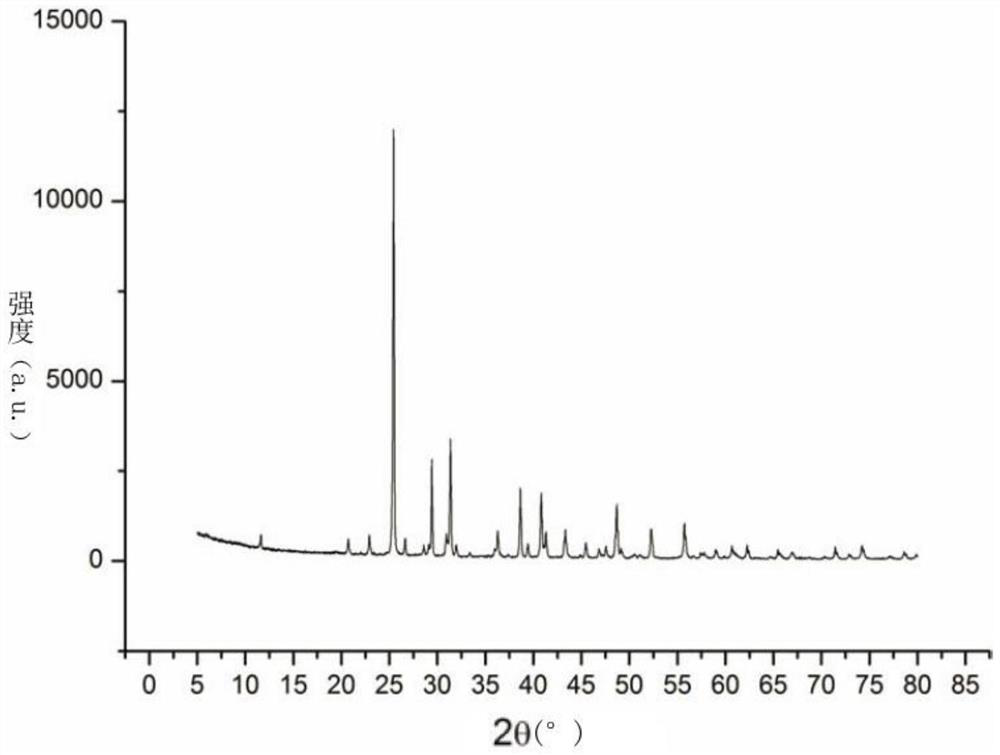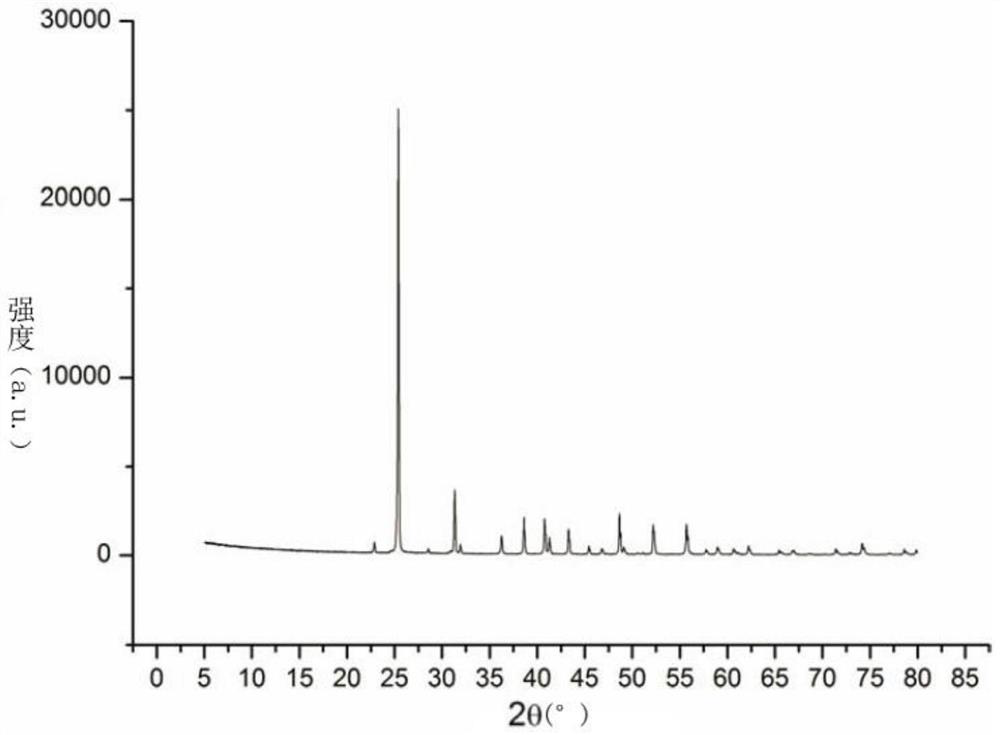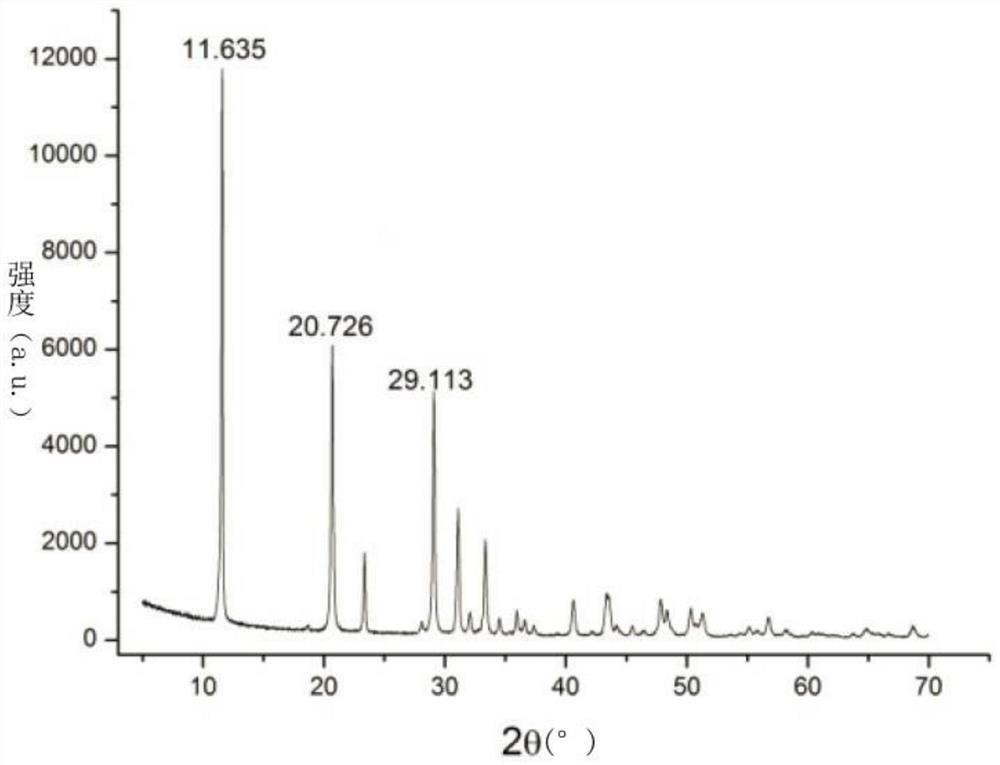Separation method of boron in gypsum minerals and/or anhydrite minerals and determination of boron isotopes
A separation method and technology of anhydrite, applied in the determination of boron isotope, separation of boron in gypsum minerals and/or anhydrite minerals, can solve the problem of unfavorable analysis and application of boron isotope composition characteristics, ineffective dissolution, separation and extraction, and recovery rate The impact of mass spectrometry and other issues
- Summary
- Abstract
- Description
- Claims
- Application Information
AI Technical Summary
Problems solved by technology
Method used
Image
Examples
Embodiment
[0034] The present embodiment provides a method for separating boron in gypsum minerals, comprising the following steps:
[0035] Purification: use sodium metatungstate monohydrate to prepare a specific gravity of 2.31g / cm 3 The heavy liquid, the impure gypsum mineral sample and the above heavy liquid are fully stirred in a polyethylene centrifuge tube, and then centrifuged in a centrifuge with a speed of 2000r / min for 10min, and the centrifuged gypsum mineral sample is deboronized After quick washing with water, dry at 40°C in an oven, and then perform XRD diffraction analysis until the mass percentage of gypsum in the gypsum mineral sample is 98% to 100%;
[0036] Reaction: Take 1g of the purified gypsum mineral sample and place it in the first polyethylene centrifuge tube, add 2g of ammonium bicarbonate and 10mL of boron-deionized water to it for reaction, and obtain the first supernatant and precipitate after the reaction. A supernatant is placed in a second polyethylene ...
PUM
 Login to View More
Login to View More Abstract
Description
Claims
Application Information
 Login to View More
Login to View More - R&D
- Intellectual Property
- Life Sciences
- Materials
- Tech Scout
- Unparalleled Data Quality
- Higher Quality Content
- 60% Fewer Hallucinations
Browse by: Latest US Patents, China's latest patents, Technical Efficacy Thesaurus, Application Domain, Technology Topic, Popular Technical Reports.
© 2025 PatSnap. All rights reserved.Legal|Privacy policy|Modern Slavery Act Transparency Statement|Sitemap|About US| Contact US: help@patsnap.com



